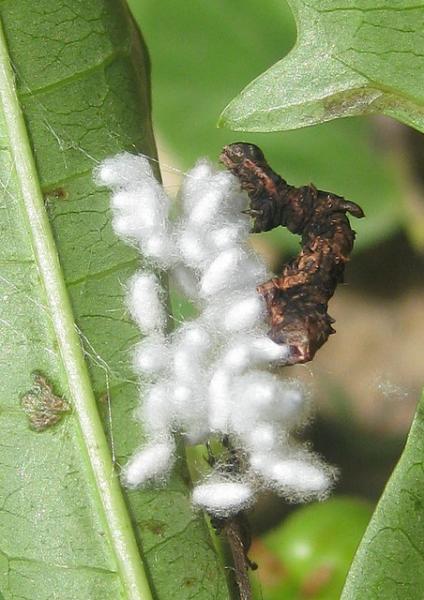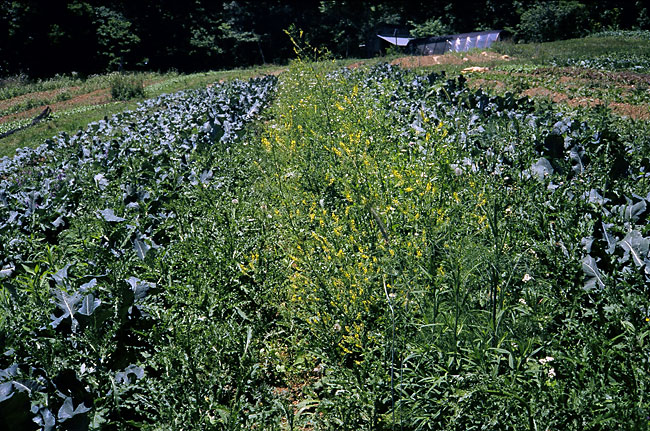Weeds, Diseases, and Insect Pests
In the US and Canada, warming trends have led to earlier spring activity of insects. Down the road, entomologists predict that many species of insects may thrive on a warmer planet, and populations may explode. This is because research shows that insects that are adapted to warmer climates have faster population growth rates. Insect species generally have short life cycles, fast and prolific reproduction and rapid mobility, thus warming can readily result in massive increases in populations.
Insects have a number of responses to warming. Some species may avoid warmer temperatures by moving to cooler regions. Others may adapt to warmer climates by changing their biochemistry or their behavior. Of course, some insects may not adapt at all and disappear, but those that can adapt will thrive in warmer environments. In general, insects are expected to benefit most in mid and high latitudes. For example, in Alaska and Siberia, longer summers are already producing demographic explosions in defoliating and wood-eating insects that have led to the devastation of thousands of forest acres and millions of dollars in damage. In the future, it is certain that other groups of insects, locusts, and many others will cause even more significant losses for crops across the globe.

The research on weeds and climate change is a little more complicated. Some weeds are not expected to thrive with higher CO2 levels. These are weeds that belong to the C4 plant groups that typically do well under lower CO2 conditions. However, some of the most invasive weeds belong to the C3 plant groups. These include Canada thistle, star thistle, quackgrass, lambsquarter, and spotted knapweed. In addition, the use of herbicides to control weeds is potentially problematic at high CO2 levels.Experiments suggest that certain weeds become tolerant to chemicals such as Roundup at high CO2 concentrations.

